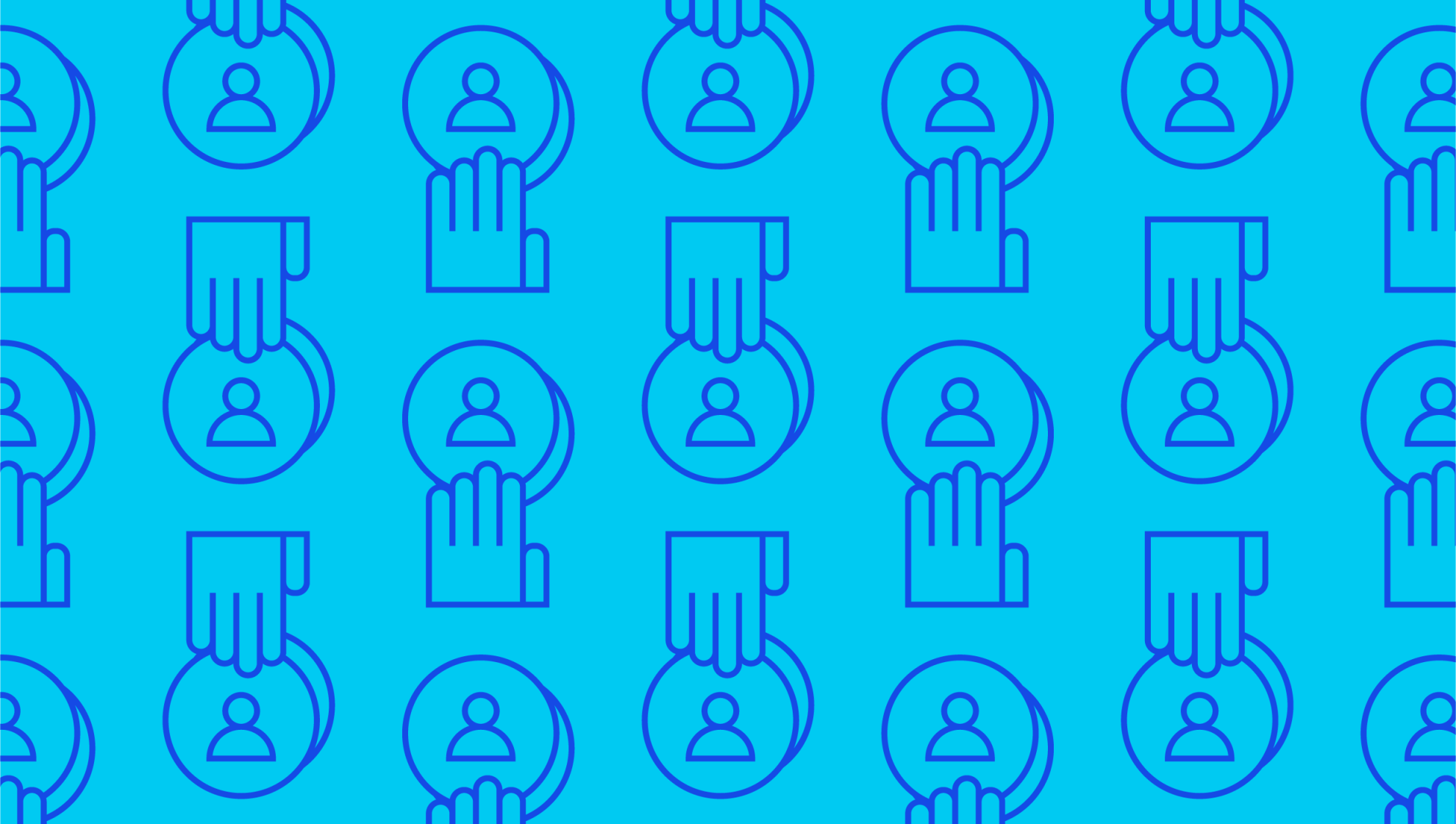Last editedMar 20203 min read
Churn is one of the biggest issues facing SaaS and subscription-based businesses. A substantial churn rate could indicate that your business is facing serious problems, so it’s important to reduce churn as quickly and effectively as possible. Find out everything you need to know about how to reduce customer churn.
What is churn?
Simply put, churn refers to the rate at which customers are ending their use of your product or service. Churn can be voluntary (active – a customer has chosen to cancel their subscription) or involuntary (passive – a customer’s subscription has elapsed without them knowing about it). There are two main types of churn: customer churn and revenue churn. Customer churn refers to the rate by which customers are ending their subscriptions within a given period, while revenue churn looks at the percentage of revenue you’ve lost within a given period.
Why is churn important?
Churn is an excellent measure of the potential long-term success of a business, as it can have an enormous effect on survivability and profitability. A churn rate of just 5% might seem low, but it means that you’re potentially losing 50 out of 1000 customers every month. So, what does that mean in economic terms? Well, according to Bain & Company, just a 5% increase in customer retention can boost your profits by 25-95%.
In addition, churn has a direct link to customer lifetime value (LTV). Why? Simple. For a business to reach a net profit from acquiring a customer, the Customer Acquisition Cost (CAC) must be outweighed by their LTV. If the customer churns before that happens, then the business will have made a loss. So, the more that you reduce churn, the greater the chances of your business being a long-term success. To see how churn may be affecting your business, visit our churn calculator.
How to reduce customer churn rate?
Finding ways to reduce churn could have a seriously positive effect on your business’s long-term prospects. Ultimately, you should be aiming to get to a negative churn rate, or at least a churn rate of 1-2%. If your churn is in double-digits, you’re in trouble, and you should take urgent steps to rectify the situation. Here are some of the best ways to reduce customer churn rate:
Understand why your customers are churning – Asking for feedback might be the only surefire way to find out what’s causing churn, so if you’re trying to work out how to stop a customer from cancelling your service or product, it’s vital. To find out what issues could be plaguing your customers, from poor user experience to inappropriate pricing, set up simple surveys and feedback forms for your customers.
Focus on your existing customers – If you spend most of your time drumming up new business, rather than tending to your existing customers, you’re making it exponentially harder to grow your user base. Recurring payments from retained customers are worth much more than first-time payments from newly acquired customers, so work on adding value for your retained customers to pave the way towards a negative churn rate.
Be a proactive communicator – Another effective way to reduce churn is to proactively engage with your customers. Reach out to talk to them before they need to reach out to talk to you. Demonstrate that you’re invested in their support. Why not send them useful emails explaining additional features of your service that they may not have discovered yet?
Find ways to increase your customers’ usage of your service – From creating welcome videos to help new customers get to grips with your service to offering incentives like discounts or loyalty programs, encouraging customers to increase their use of your service can be a great way to reduce voluntary churn.
Ensure your service is easy to access – The easier it is to use your service, the less likely your customers are to end their subscription. Make sure that your service works on every platform, on every device, and in multiple languages. Building out your mobile app is a great start.
Switch to Direct Debit – Failed payments are the number one cause of involuntary churn, so if you’re trying to work out how to reduce churn in SaaS or any other industry, switching your payment process to Direct Debit could be an effective option. Direct Debit is specifically designed to handle recurring payments, and unlike credit/debit cards, it doesn’t expire. GoCardless can help you tackle payment failures head on, reducing involuntary churn and increasing your customer LTV.
We can help
Bank-to-bank payment methods like Direct Debit can reduce needless churn by eliminating payment failures. Find out how GoCardless can help you with ad hoc payments or recurring payments.


